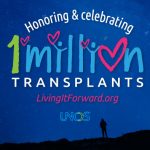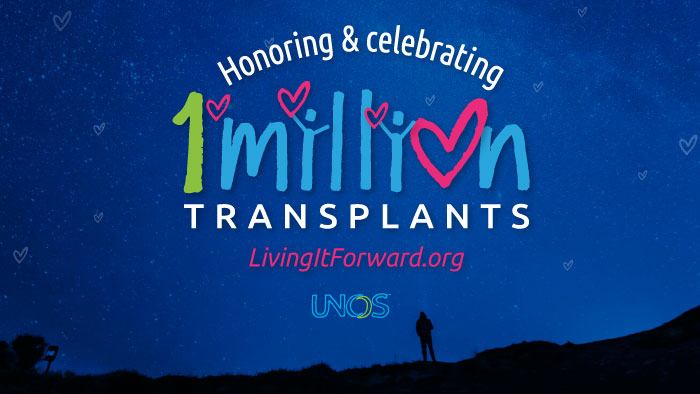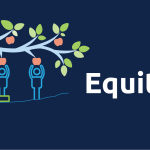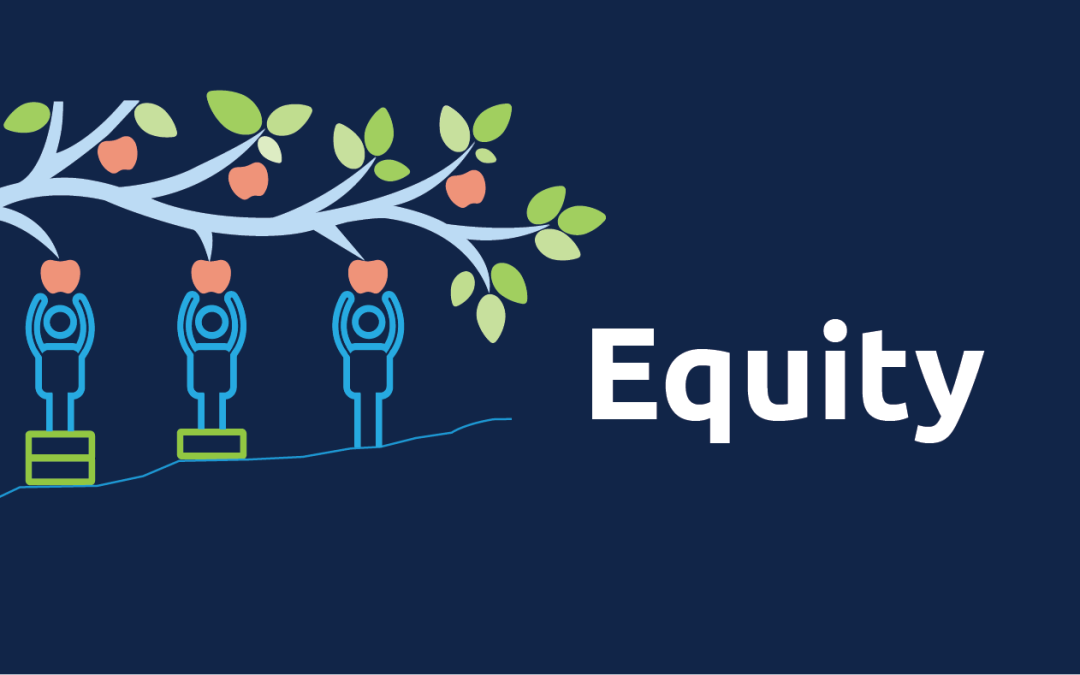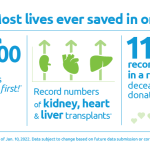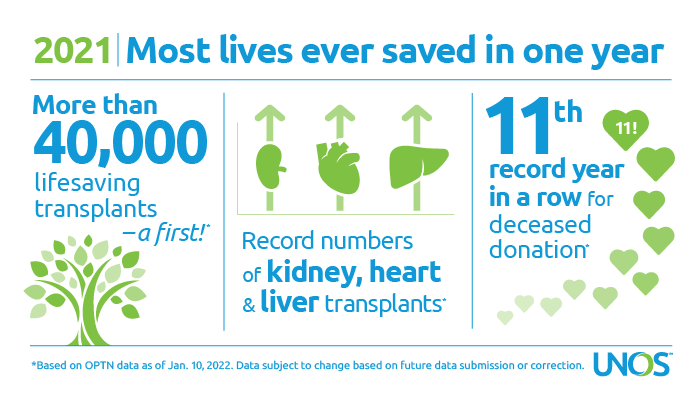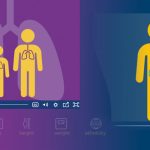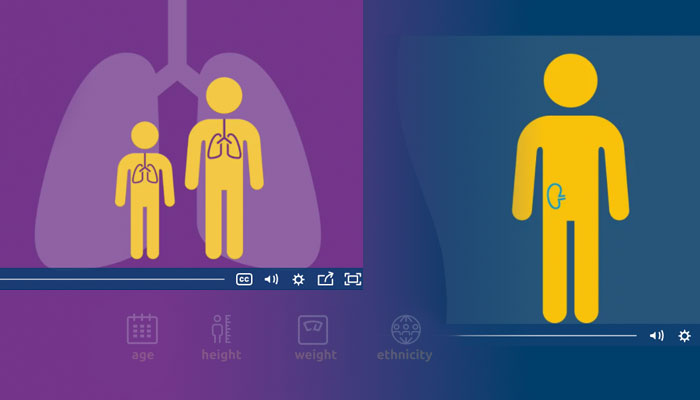In brief:
- 40,000 transplant milestone exceeded for first time
- Annual records set for kidney, liver and heart transplants
- Deceased donation continues 11-year record trend
In 2021, 41,354 organ transplants were performed in the United States, an increase of 5.9 percent over 2020 and the first time the annual total exceeded 40,000, according to preliminary data from United Network for Organ Sharing (UNOS), which serves as the Organ Procurement and Transplantation Network under federal contract.
The three organ types most commonly transplanted all set annual volume records. There were totals of 24,669 kidney transplants, 9,236 liver transplants and 3,817 heart transplants. Liver transplant totals have set annual records for the past nine years, and heart transplants have set a new record each of the past 10 years.
“We are gratified that transplantation continues to increase substantially and meet the needs of many more people with organ failure, despite ongoing challenges to healthcare relating to the COVID-19 pandemic,” said Matthew Cooper, M.D., FACS, president of the UNOS Board of Directors. “This speaks to the dedication and collaboration of donor hospitals, organ procurement organizations and transplant hospitals striving to ensure every opportunity to give the Gift of Life is pursued and celebrated.
“As always, we are indebted to the many thousands of people who make these transplants possible through the selfless gift of organ donation. And we are reminded daily of our need to help the tens of thousands of men, women and children continuing to await a lifesaving transplant.”
A total of 13,861 people became deceased organ donors nationwide in 2021, representing the eleventh consecutive record year for deceased donation and an increase of 10.1 percent over 2020. In May 2021, the weekly total of deceased donors exceeded 300 for the first time; on two subsequent weeks in June, the threshold of 300 donors also was surpassed.
Increases in donation occurred in many areas throughout the nation. Of 57 organ procurement organizations (OPOs), 49 experienced an increase in donation over their 2020 total. Forty-five OPOs set all-time records for donors recovered in a single year.
Donors representing less traditional medical criteria continue to fuel the overall increase. Donation from individuals who died of cardiorespiratory failure (DCD donors), as opposed to brain death, continued a substantial increase. The 4,187 DCD donors increased by 29.9 percent over the total in 2020. Also, for the third straight year, the most common age range of deceased donors was 50 to 64. The 4,270 donors in this category increased by 14.6 percent over 2020.
Living donor transplants, which decreased significantly in 2020 due to the COVID-19 pandemic, increased in 2021, but still at lower totals than prior years. Some transplant programs have continued to curtail living donor transplant procedures temporarily in areas particularly affected by large outbreaks of the virus. A total of 6,541 living donor transplants were performed in 2021, an increase of 14.2 percent over the 2020 total.
